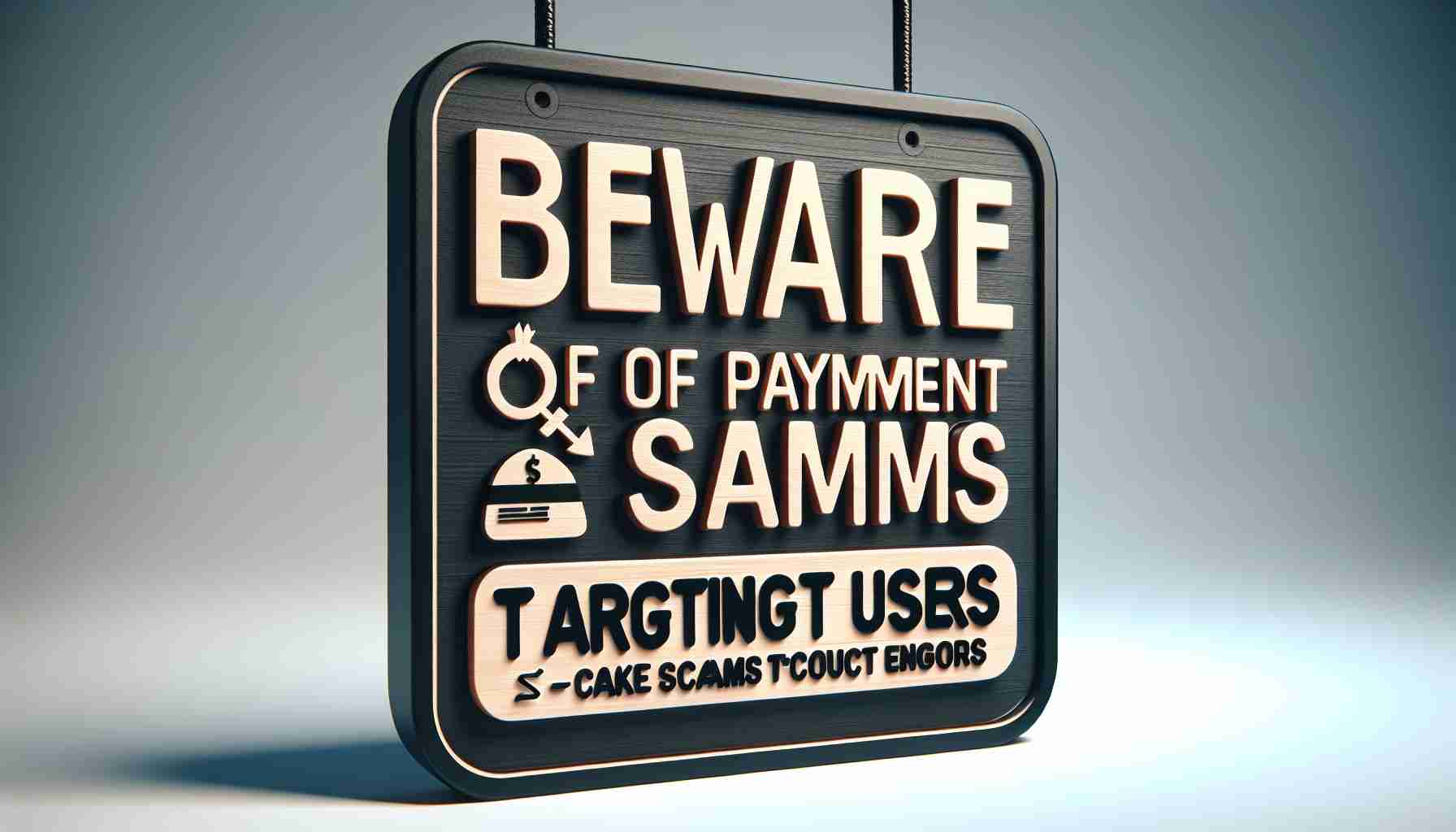In recent weeks, a warning has been issued regarding fraudulent schemes that have emerged around popular payment services. These scams are particularly targeting older adults who may not be fully aware of the details of related safety features. Scammers have been claiming that users need to pay to renew their insurance coverage or to cancel automatic charges, leading many to unwittingly provide personal information and money.
The payment service in question, often promoted for its protective features, does not have a renewal fee or expiration date. Users are encouraged to remember that any communication suggesting a payment is needed for an extension is likely a deceptive tactic. Authorities are investigating and will take action against those found to be violating the law.
According to safety experts, vigilance is crucial in preventing these types of fraud. Individuals are advised to avoid sharing sensitive data, such as personal identification numbers, and to be cautious when prompted to perform transactions based on unsolicited contacts. Scammers often pose as representatives of financial institutions, creating a sense of urgency to trick their victims into compliance.
If you suspect you have encountered a scam, reporting it to the appropriate authorities can help protect others. Consulting official resources can provide clarity about the features of payment services, ensuring users can navigate their financial activities securely. It’s essential to stay informed and cautious in today’s digital landscape.
Beware of Payment Scams Targeting Users: A Growing Concern
In today’s digital economy, payment scams have become a pervasive threat, affecting users across various demographics. Recent data indicates that the rapid increase in digital transactions has also led to a surge in deceptive schemes aimed at stealing personal and financial information. One alarming statistic reveals that reported cases of payment fraud have risen by over 30% in the last year alone.
What are the common types of payment scams?
One of the most common scams involves fraudulent emails or texts impersonating legitimate businesses, wherein scammers request payment verification or claim that an account has been compromised. Phishing schemes have also evolved, using fake websites that closely mimic those of popular payment processors, luring users into entering their login information. Additionally, fake tech support scams have emerged, where scammers claim to be troubleshooting software issues and ask for payment or remote access to the victim’s device.
Who are the primary targets of these scams?
While anyone can fall victim to payment scams, older adults are particularly vulnerable. Scammers exploit their lack of familiarity with technology and digital transactions, often using tactics that evoke fear or urgency. However, younger users should not be complacent; they report scams primarily through social media platforms that require immediate action or payment.
What key challenges could users face?
One of the main challenges is discerning legitimate communication from deceptive ones. Scammers are becoming increasingly sophisticated, using tactics such as cloned websites and official-looking emails that can easily mislead users. Moreover, different countries have varying regulations regarding digital payments, which can create a confusing landscape for consumers trying to understand their rights and protections.
What are the advantages and disadvantages of using digital payment services?
The key advantages of digital payment services include convenience, speed, and enhanced tracking of transactions. Users can easily pay bills, make purchases, and transfer money with just a few taps on their devices. However, some disadvantages include increased risk of fraud, the potential for data breaches, and the challenges of resolving disputes or errors without face-to-face communication.
What should users do if they suspect a scam?
If you suspect you have encountered a payment scam, it is vital to act quickly. Immediately cease any further communication with the scammer and do not provide any personal information or money. Report the incident to your local authorities and the respective payment service provider. Most companies have dedicated fraud protection teams to assist affected users.
In conclusion, vigilance is key in avoiding payment scams. Users need to educate themselves about potential threats and recognize red flags, such as unsolicited requests for money or sensitive information. Consulting official resources for guidance is crucial in navigating the complexities of modern digital payments, ensuring that users can transact safely and securely.
For more information on protecting yourself from scams, visit the official consumer protection websites like Federal Trade Commission or your local banking institution’s security page.























